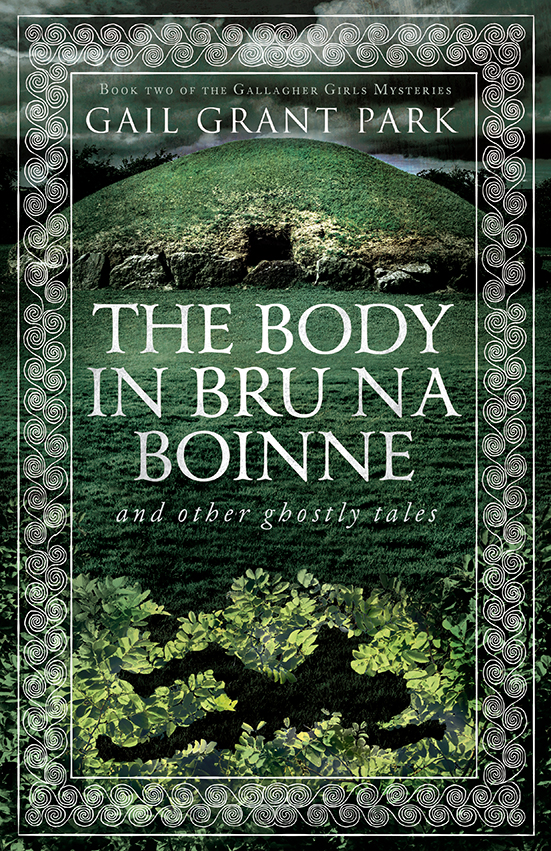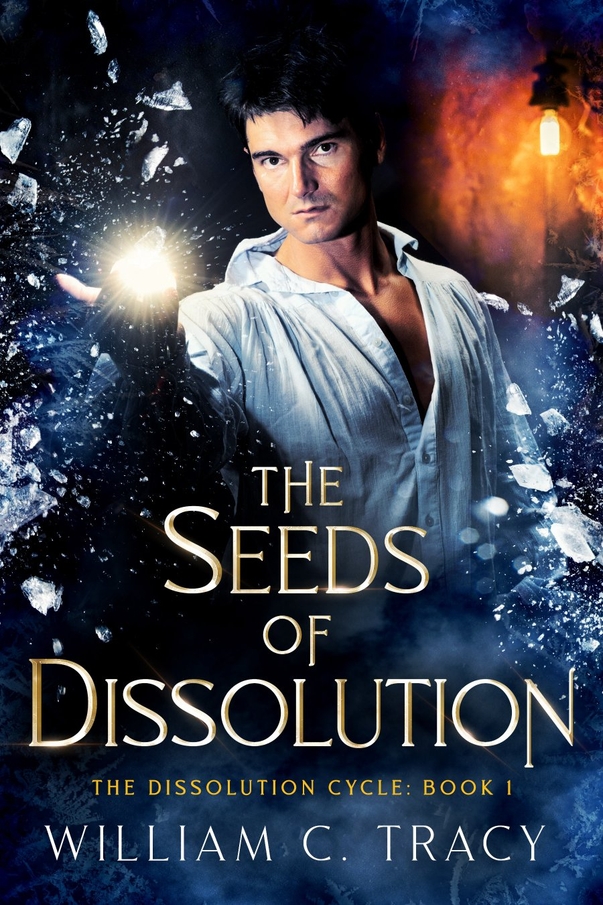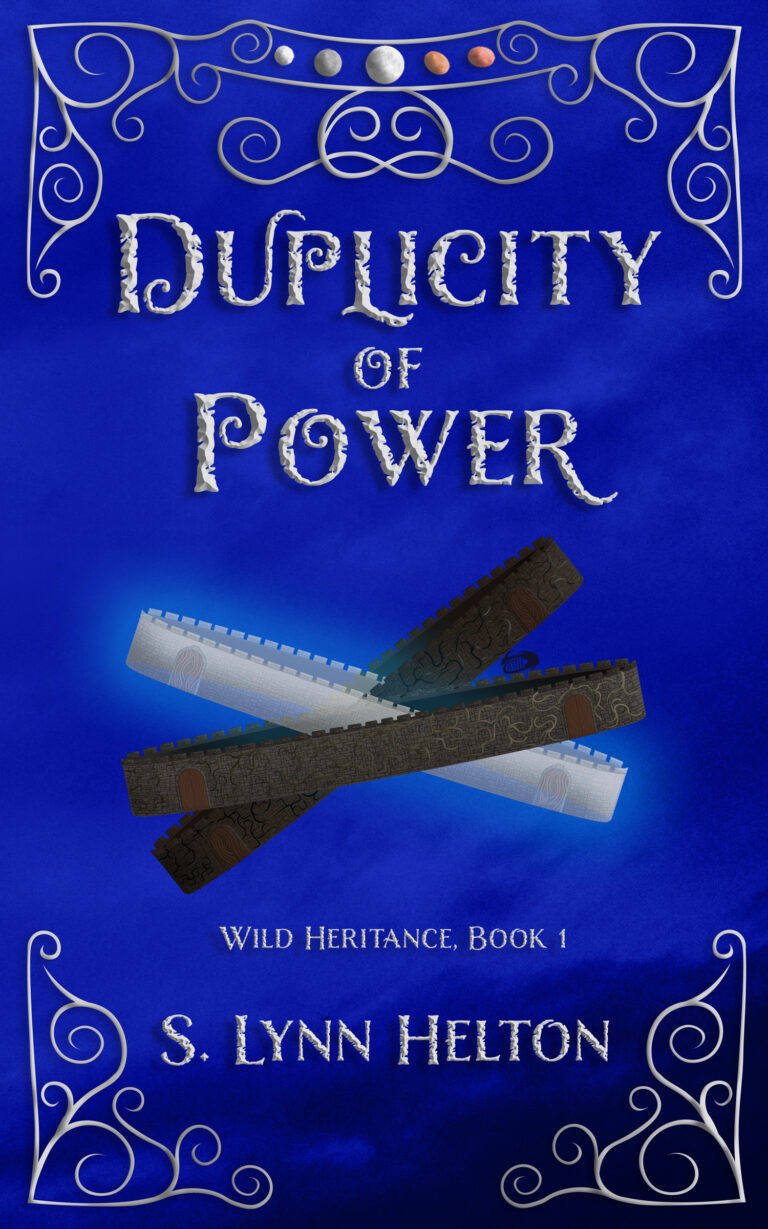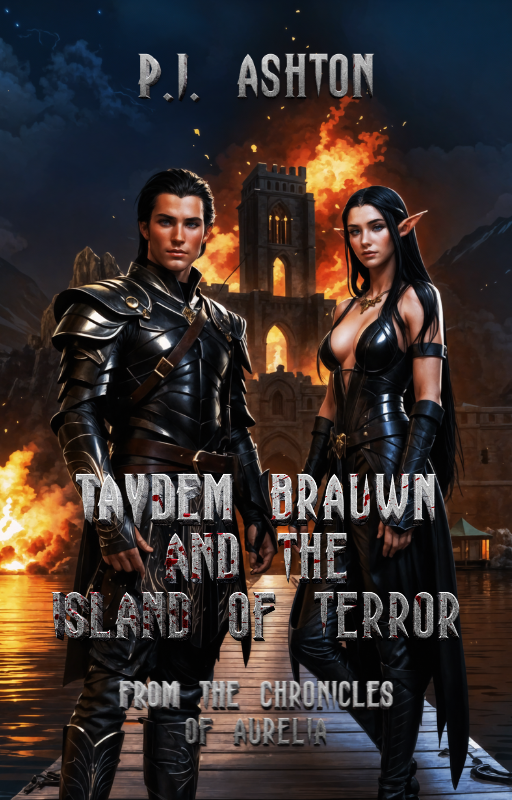We have already briefly covered a key element in minimizing a range of errors in The Importance of Copy Editing and Being a Word Engineer, but let’s uncover some other elements in writing to be aware of when going through the process of creating and reviewing your piece.
Literary tropes: used in many forms of literature, good writers know how to use tropes in an effective manner where it is subtle and the writing surrounding their use offsets the lack of engagement and appreciation a reader might experience should they notice them. While their use can be effective in maintaining the attention of the reader through providing a predictive experience, and can lend towards attracting a particular audience, one might risk overusing and therefore creating the opposite effect, leaving the reader disengaged and lending to a lack of credibility. If you are looking to create a unique work while sticking to the structural presentation of a genre or type of writing, thoroughly research to make decisions on how much you want to lean into the tropes you want to use. How do writers in that genre and style of writing present them? What makes them good or bad? Here’s a resource that might help get you started: Top 12 Overused Story Tropes in Modern Literature.
Language: the range and type of language presented in a piece contributes significantly towards the underlying experience. Using a carefully curated range of language optimizes this which also minimizes the disengagement that readers can experience when writers use repetitive language and a limited vocabulary. To assist with this, expand your vocabulary by having dictionaries and thesauruses on hand whenever you write. Additionally, develop a reading habit and read a wide range of material, reaching outside of the comfort zones of your preferred writers and materials. Engage in exercises that are intended to expand your vocabulary such as word apps, word games (like Scrabble and Boggle), crosswords, word searches, and subscribe to ‘word of the day’ feeds. When you write and edit, become more aware of the frequency and placement of your favorite words and phrases. Here is a resource that expands on how the aforementioned techniques might assist: How to Improve Your Vocabulary: 7 Ways to Expand Your Vocabulary.
Pacing: often, writers forget that the pace (rhythm) of a piece is a key contributor to the level of motivation a reader has towards turning the next page. Too fast and the reader is left lost and exhausted. Too slow, and the reader may be left disinterested. Both experiences lead a reader to feel disengaged, which is the opposite of where you want them to be. Ideally you want to provide the right balance, allowing the reader to want to fully participate while allowing time for reprieve. When reviewing this, take note of how long each passage runs, the chapter length, punctuation, dialogue, sentence length, and the balance between cliff hangers, conflict, and resolutions. To delve more deeply into this, you can read ‘Pacing In Writing: Engage Your Readers With Every Page’.
These are some components to be aware of when you write which, once optimized, can do wonders to providing not only an immersive experience for the reader, but can also make you stand out as an artist. Remember – the more effort you put into your work, the higher the appreciation and recognition will result, as it will undeniably reflect in a stronger product.











